
Dear readers,
The year is 2035 and all antifouling has been banned throughout the EU. And yet the hulls of yachts moored in harbours on the North and Baltic Seas and in the Mediterranean remain as smooth as a baby's bottom even without a protective coating. Even if a ship is not moved for two or three weeks or longer.
This is made possible by innovative submersible cleaning robots. Similar to mowing robots in the garden at home, they are out and about in every harbour basin every day. With the help of rolling brushes and powerful water jets, they remove algae and pocks from the hulls of the yachts moored at their berths.
Even difficult areas such as a shaft system with propeller, a saildrive or the narrow gap between the skeg and rudder blade are no problem for the tirelessly cleaning and scrubbing robots. Small extendable arms and spray nozzles reliably get rid of the green stuff on the hull, even in the most hidden corners. Cameras and AI-controlled software ensure that no area infested with vegetation is overlooked.
Wouldn't that be great?
The present looks different. Unfortunately. At the start of the season, owners everywhere apply more or less environmentally harmful antifouling to the hulls of their yachts. It is true that the most toxic variants have now been taken off the market completely, or at least for private use. And there are already a number of copper-free or biocide-free products available. However, these are usually nowhere near as effective as the paints containing biocides. As a result, many boat owners continue to use the more environmentally harmful products.
As if that were not enough, the old antifouling must be diligently sanded on and completely removed every few years before a new coat is applied. This work is often carried out in the open air, without any planning or extraction. The sanded paint particles end up on the ground, are carried into the landscape by the wind or seep into the groundwater with the next rainfall.
Of course, this doesn't have to be the case - quite apart from the fact that it is forbidden per se. We have recently described what can be done - and should be done by law - to prevent sanding dust from being released into the environment.
But all theory is grey. Or when painting antifouling, sometimes black, red or blue.
In order to work one hundred per cent cleanly on the ship, it would have to be completely and seamlessly replaned and the floor would also have to be seamlessly covered. The sanding machine would have to be connected to an approved extraction system. And the subsequent disposal of the tarpaulins contaminated with paint and dust particles, as well as the protective overalls and the filters in the breathing mask, would have to be carried out by a disposal company specialising in toxic waste.
Hand on heart, who works in such a clinically clean way? Even if the legislator would like it that way, it is simply not possible in practice.
However, this should not and must not be a licence. From choosing a less toxic antifouling compared to the one you may have used the previous year, to sensible planning of the hull and floor, to the purchase of a workshop hoover that is connected to the sander: Every little bit more commitment to the environment is to be welcomed.
And yes, the corresponding police checks in Kiel harbours, which we recently reported on, are basically the right thing to do. However, they should be carried out by officers with a sense of proportion. Anyone who is fined simply because the licence number required for such work is missing from the hoover they are using has every right to be angry. Or if there is a gap somewhere in the otherwise meticulous planning of the fuselage.
On the other hand, there are cases in which boat owners clearly do not care about the environment. Be it that they sand outdoors without tarpaulins and suction cups. Or cleaning the hull when craning in or out or even in outdoor storage. After all, in addition to algae and smallpox, particles of antifouling paint always come loose. Blasting is only permitted where the waste water is collected and properly cleaned or disposed of.
In too many harbours, too little attention is still paid to such activities. As long as nothing changes, nobody should complain about controls. We have it in our own hands.
On a side note: I find some comments on Facebook, for example, alarming in this context. There is unrestrained ranting about the state's alleged obsession with regulation and control or even ranting about emigration fantasies. There is no trace of a sense of responsibility for nature, which should be close to our hearts as sailors. And certainly no self-critical reflection on our own actions, which are all too often harmful to the environment.
And almost even more frightening: most of these comments remain unchallenged. I would like to believe that this should not be interpreted as the approval of a silent majority. However, it would be better if we all loudly opposed such outrageous nonsense.
Pascal Schürmann
YACHT copywriter
Recommended reading from the editorial team

Shipyard portrait
Pure Yachts produces in small series with big goals
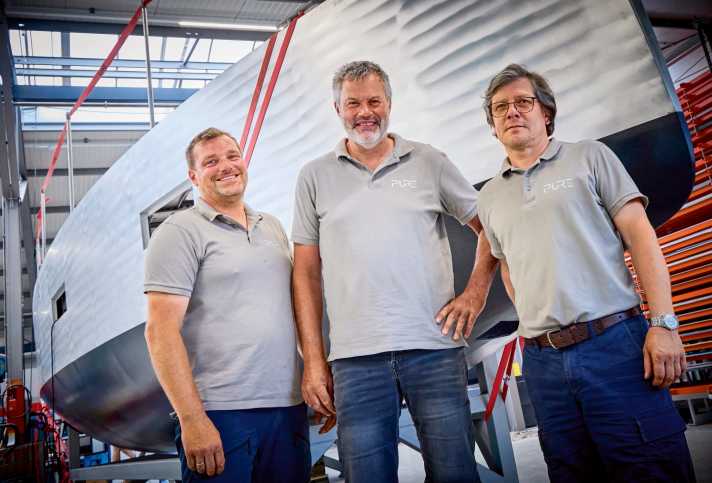
The Pure Yachts shipyard, newly founded in Kiel, focuses on long-distance performance yachts made of aluminium. It can already boast its first successes.
Baltic Sea
Fehmarn Sound Bridge - Reduced clearance height
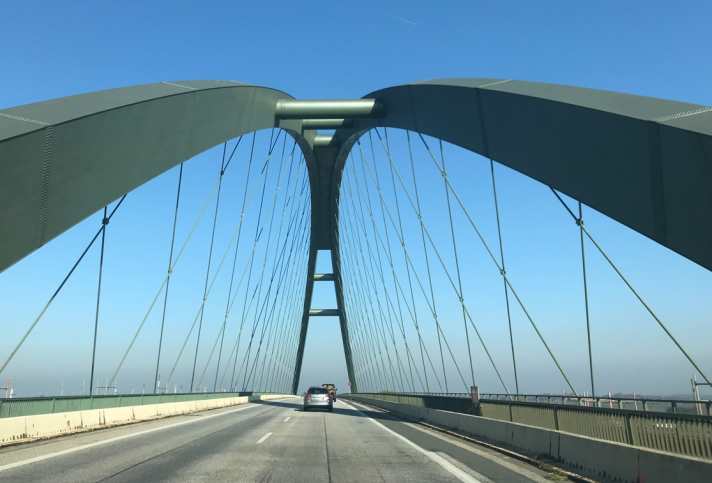
Watch out for the mast stop! The clearance height of the Fehmarnsund Bridge has been reduced until summer 2026. Due to construction work, only 20 metres are available instead of the usual 23 metres.
M.A.T. 11
The Orient-Express is set to become the new ORC pick-up

Hot racer from the Orient. The M.A.T. 11 is set to create new excitement in the ORC scene. The design comes from Matteo Polli.
Shadows in paradise
Brutal attack on expedition boat in Papua New Guinea
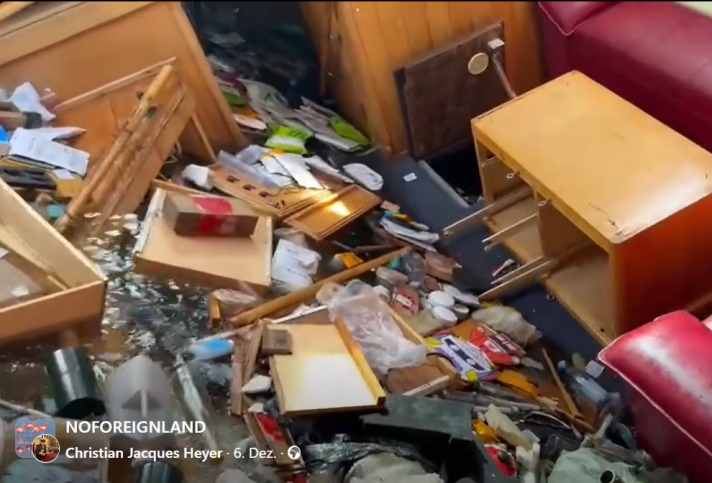
The first motorless circumnavigation of Antarctica by sailing boat was abruptly interrupted by a brutal robbery in Papua New Guinea. The expedition ship "Zhai Mo 1" was badly damaged and looted, putting the voyage of the Chinese sailor Zhai Mo on ice for the time being.
Dispute over measurement
ORC and X-Yachts agree on cooperation - joint statement
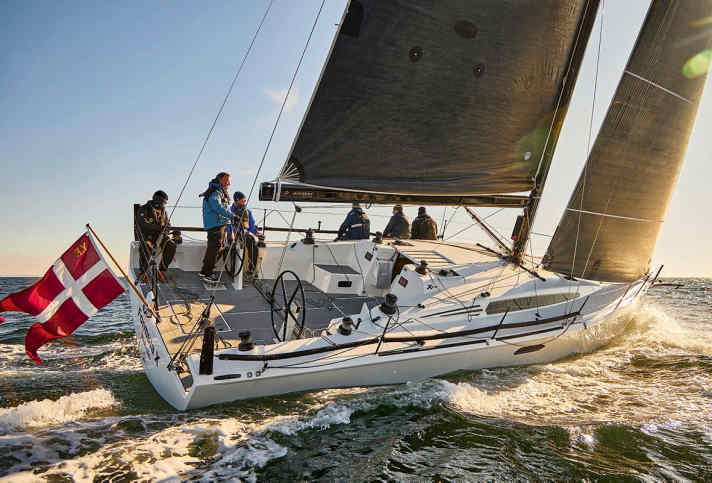
Due to the debate surrounding the XR 41, the Offshore Racing Council (ORC) is reviewing its algorithm for calculating race values.
Hallberg-Rassy 370
Sailing and living at the highest level in the YACHT test
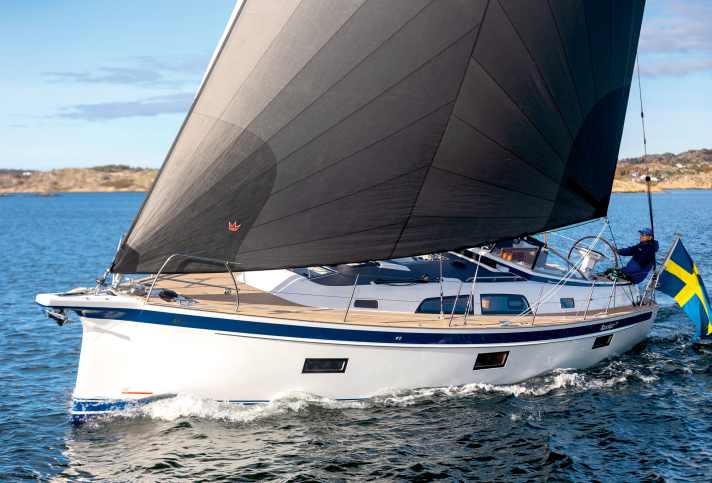
With the Hallberg-Rassy 370, the Swedes present a cruising yacht that leaves almost nothing to be desired. We have tested the first model.
Globe40
On course for La Réunion - concerns about the mast remain
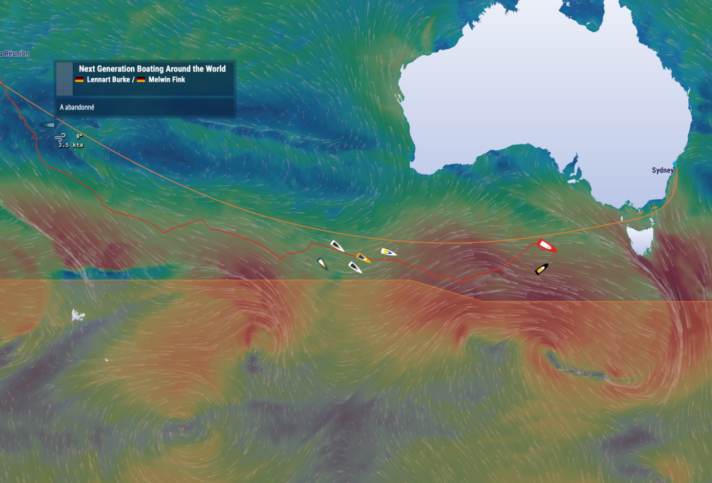
Lennart Burke and Melwin Fink are on their way back to La Réunion in the Globe40. While the competition is aiming for Sydney, the GER duo are fighting on all fronts.
Gitana 18
Caudrelier "talented and humble like Michael Schumacher"
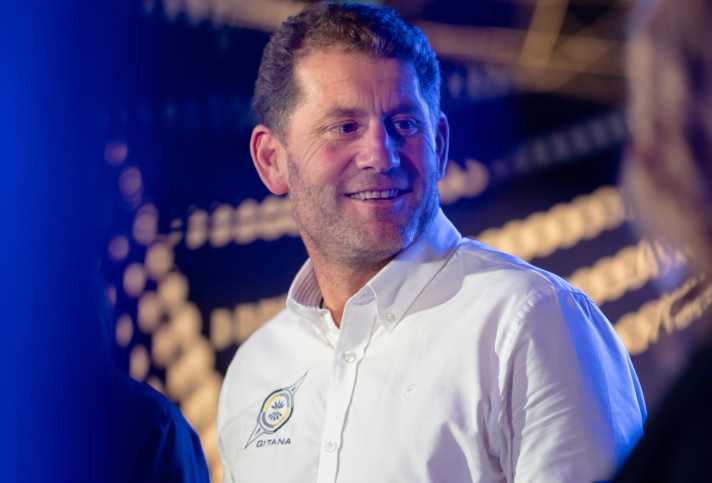
Charles Caudrelier is the skipper who will sail "Gitana 18" into the future. Ariane de Rothschild compares him to Formula 1 legend Michael Schumacher.
Eisarsch
Historic victory - Undine Höfener wins on the Wakenitz
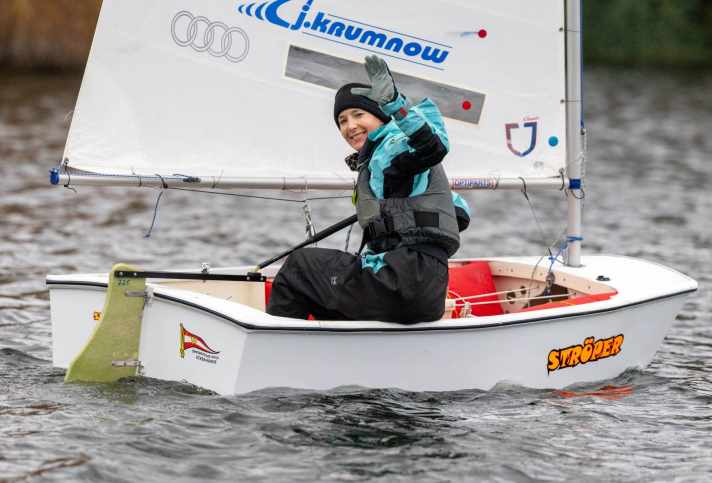
For the first time since 1969, a woman has won the traditional Eisarsch regatta in Lübeck: Ulrike Höfener won the pre-Christmas fun on the Wakenitz.
200 Myls Solo
Long-distance regatta brings Holland closer the hard way
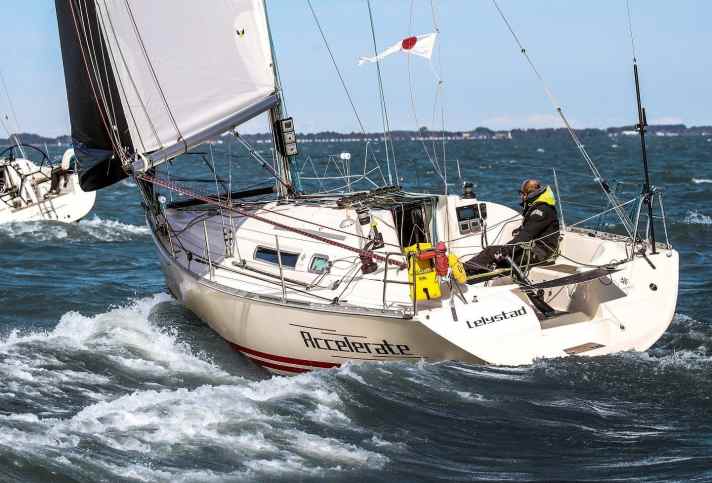
The 200 Myls Solo is a popular single-handed long-distance regatta in the neighbouring country. Frank Winklmeier took part with friends, each on their own boat
Newsletter: YACHT-Woche
Der Yacht Newsletter fasst die wichtigsten Themen der Woche zusammen, alle Top-Themen kompakt und direkt in deiner Mail-Box. Einfach anmelden:

